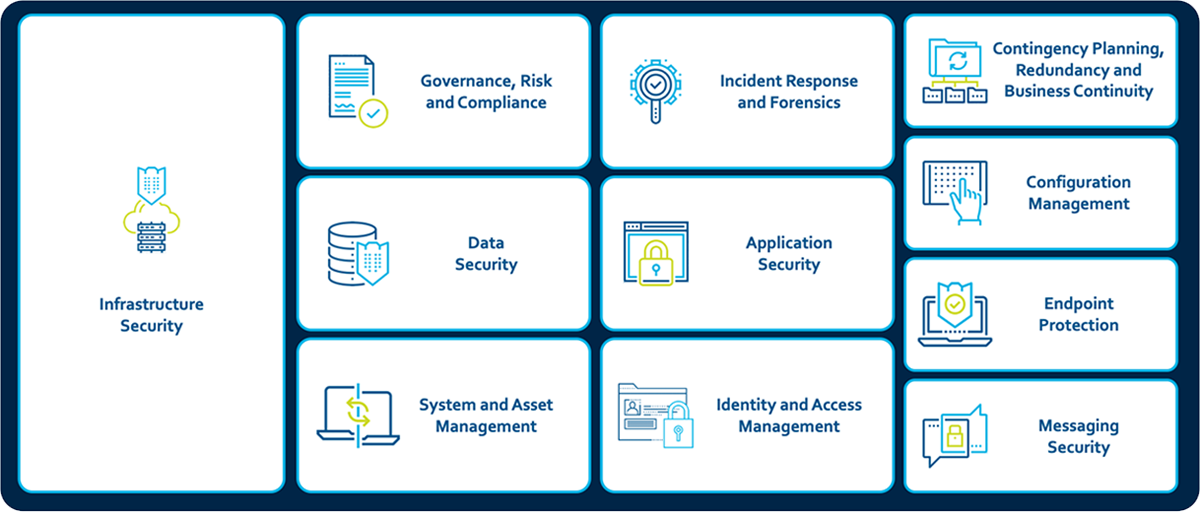
- #Cybersecurity software categories update
- #Cybersecurity software categories software
- #Cybersecurity software categories series
#Cybersecurity software categories software
NIST recommends a phased implementation of Section 4 of the Order, focusing first on standalone, on-premises software that has security-critical functions or poses similar significant potential for harm if compromised. This is not a systems definition of dependencies and does not include the interfaces and services of what are otherwise independent products.") and FAQ 3 ("Critical to trust" covers categories of software used for security functions such as network control, endpoint security, and network protection."). Key terms within the definition are explained in the FAQs, including "direct software dependencies" and "critical to trust." See FAQ 2 ("For a given component or product,, we mean other software components ( e.g., libraries, packages, modules) that are directly integrated into, and necessary for operation of, the software instance in question. The definition applies to software of all forms ( e.g., standalone software, software integral to specific devices or hardware components, cloud-based software) purchased for, or deployed in, production systems and used for operational purposes. operates outside of normal trust boundaries with privileged access.

#Cybersecurity software categories update
Mandate providers of "legacy software" update their practices to meet the new development standards.Remove all "non-compliant software" from existing contracting vehicles, including Indefinite Delivery, Indefinite Quantity contracts, Federal Supply Schedules, Federal Government-wide Acquisition Contracts, Blanket Purchase Agreements, and Multiple Award Contracts.Following the creation of these standards, the Department of Homeland Security (DHS) will recommend contract language to the FAR Council, which in turn will amend the FAR to codify the new software development standards and require federal agencies to: The president directed the Secretary of Commerce, acting through NIST, to develop and publish a definition of "critical software" based on input from government agencies, the private sector, academia, and other interested parties.ĭefining critical software is a crucial first step to implementing Section 4 of the Order because it eventually will lead to the creation of uniform software development standards that will be enforced via the Federal Acquisition Regulation (FAR). The magnitude of those potential changes is perhaps most evident in Section 4, which aims to improve the "security and integrity of critical software - software that performs functions critical to trust (such as affording or requiring elevated system privileges or direct access to networking and computing resources)," according to the Order. The Biden administration issued the Order on May 12, 2021, promising to make sweeping changes to the way the federal government approaches cybersecurity. Below we discuss the key elements of the NIST publication and what the software industry can expect next.

government because under the Order, "critical software" will soon be subject to heightened development and transparency standards and eventually will be banned from use by federal agencies if the software does not meet those standards. The NIST publication is significant for federal contractors and other companies that offer and sell software for use by the U.S.
#Cybersecurity software categories series
In addition to providing this crucial definition, the NIST publication includes a preliminary list of "software and software products" that may qualify as "critical" under the Order and responses to a series of Frequently Asked Questions (FAQs). On June 25, 2021, the National Institute of Standards and Technology (NIST) published a definition of "critical software," the first of several steps the Biden administration is taking to enhance the cybersecurity of America's software supply chain under the recent Executive Order on Improving the Nation's Cybersecurity (the Order or E.O.).


 0 kommentar(er)
0 kommentar(er)
